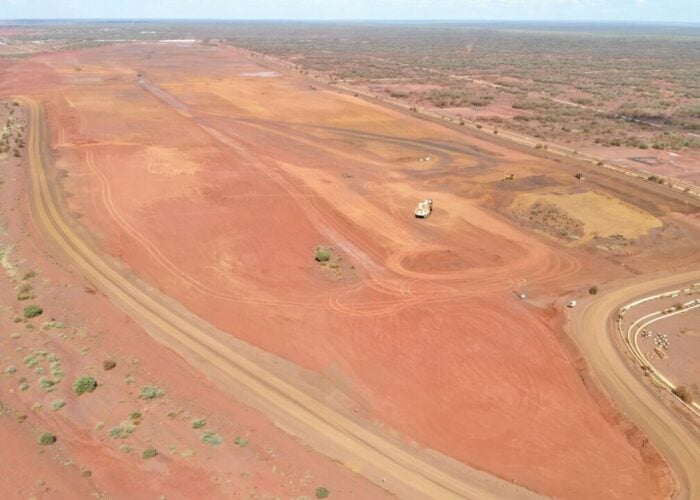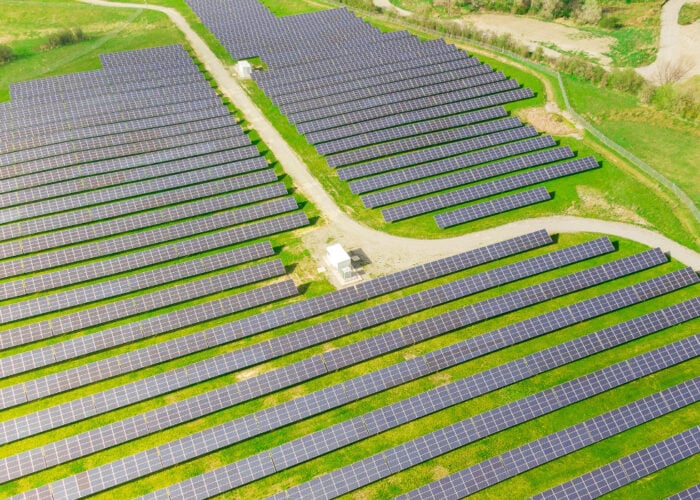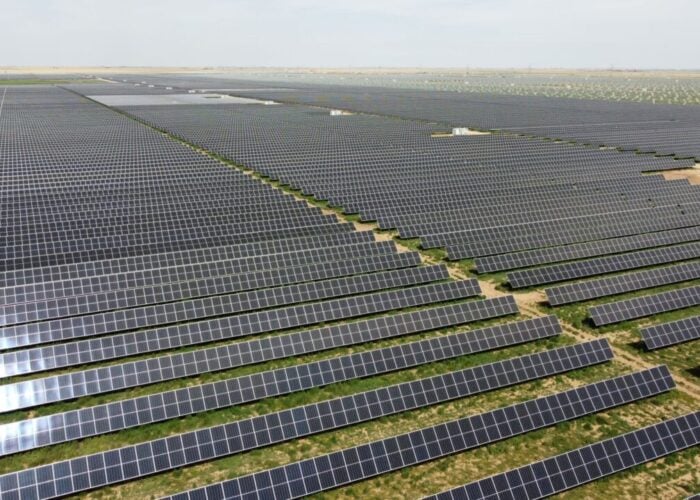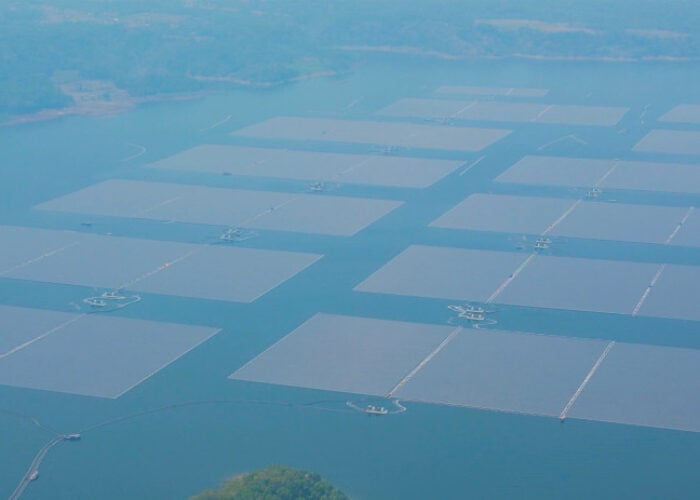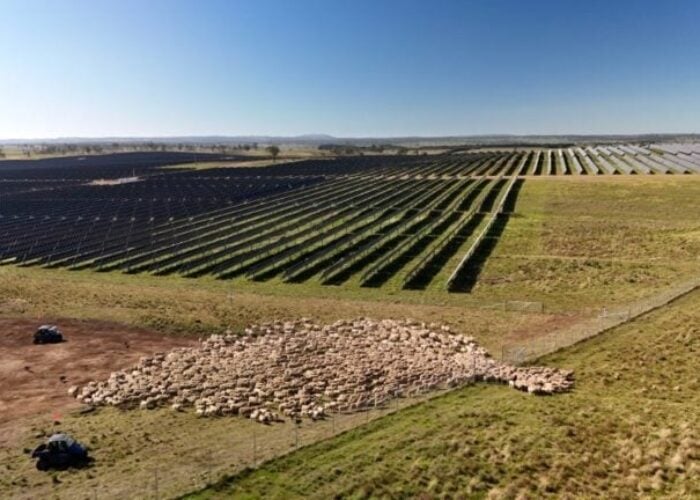
Australia’s renewable energy transition hangs at the edge of a precipice. The country is hurtling towards a general election on 3 May, during one of the most influential periods of the country’s renewable energy target.
At the Smart Energy Conference held in Sydney last week, Chris Bowen, Australia’s energy minister, opened the first day by stating that the election was a “sliding doors moment” and that the current Labor government, led by Anthony Albanese, was “just getting started.”
Unlock unlimited access for 12 whole months of distinctive global analysis
Photovoltaics International is now included.
- Regular insight and analysis of the industry’s biggest developments
- In-depth interviews with the industry’s leading figures
- Unlimited digital access to the PV Tech Power journal catalogue
- Unlimited digital access to the Photovoltaics International journal catalogue
- Access to more than 1,000 technical papers
- Discounts on Solar Media’s portfolio of events, in-person and virtual
Or continue reading this article for free
Indeed, this has been standard rhetoric from the Labor government, with its ministers often expressing their unwavering support for deploying renewable energy at scale and helping transition from coal-fired and fossil fuels towards more sustainable means of generation, such as solar PV.
Peter Dutton of the Liberal-National Coalition represents the opposition. He is an outspoken climate sceptic who has already announced his intention to reverse many of Australia’s key drivers of renewable energy.
Dutton plans to gut the Capacity Investment Scheme (CIS) mechanism to focus more on coal-fired power and gas. Dutton and the Liberal-National Coalition also intend to cap the amount of renewable energy in the electricity mix at 54%, just 4% higher than its current levels.
“That would mean, in effect, between 2026 and 2050, there will be no renewable energy installation in Australia, no role for household batteries, no longer grid batteries and no role for renewable energy,” Bowen said at the Smart Energy Conference.
“That would be the biggest economic own goal in modern history, in Australia. It would mean not seizing the opportunities that are before us as a country with the potential to have the best renewable energy resources in the world. This is all at stake on 3 May.”
Uniquely, Australia’s government terms are set at three years. Although this term length is smaller than many other countries, the implications for investors in solar PV and renewable energy can be significant; look at what US president Donald Trump has already managed to achieve in the US since retaking office.
With differing energy policies going head-to-head on 3 May, the Australian election could see the positive movement in the last three years jeopardised and overturned to back polluting generation methods.
Albanese’s pledge to seize the renewable energy opportunity
As previously noted, the Albanese government intends to continue supporting renewable energy in Australia, helping it attain the status of “renewable energy superpower”, a term that the Labor Party has thrown around during its term.
When Albanese first took office in May 2022, he emphasised the party’s plan to turn the country into a renewable energy superpower. He bested Scott Morrison and overturned a nine-year stay for the Liberal-National Coalition as the governing party.
Morrison faced fierce criticism for failing to take more action to limit Australia’s emissions. While his government released a plan to reach net zero emissions by 2050, research group Climate Action Tracker said the strategy would not achieve that target, falling short “by a considerable margin”.
Instead, Albanese mobilised and reinvigorated the energy sector with several initiatives that would play a critical role in solar PV and supplementary technologies, such as energy storage.
Two of Australia’s most integral policies for solar PV development have undoubtedly been the Solar Sunshot and Solar ScaleUp Challenge initiatives, both of which were featured in our PV Tech Power magazine last year (Premium).
It is hoped that the two initiatives will help Australia achieve the Ultra Low-Cost Solar (ULCS) concept, which envisages a ‘30-30-30’ approach to solar, representing 30% solar module efficiency and an installed cost of 30 cents per watt by 2030.
Whilst solar PV, especially rooftop solar PV, has been a focus for Albanese’s government for the last three years, the technology is not included as a direct pledge within the party’s 2025 election manifesto. However, distributed home battery energy storage systems (BESS) have been used to capture the opportunities of rooftop PV.
As reported by our sister site Energy-Storage.news last week, Albanese and the Labor Party have pledged to introduce an AU$2.3 billion (US$1.41 billion) battery subsidy scheme if re-elected. This scheme, dubbed the ‘Cheaper Home Batteries Program’, would reduce the upfront cost of home batteries by 30% via a rebate and make them available via the already existing Small-scale Renewable Energy Scheme.
This home battery will complement Australia’s growing arsenal of rooftop solar PV, which recently surpassed the 25GW threshold and has overtaken coal in generation capacity.
Liberal-National Coalition to shift focus to fossil fuels
Peter Dutton has previously proposed dismantling the Future Made in Australia mandate, with plans to scrap legislated production tax credits for critical minerals and green hydrogen projects.
Instead, Dutton, who recently declared that “energy is the economy”, explained in his response to the government’s latest budget that his party would commit AU$1 billion to expand gas pipelines and storage capacity under the proposed ‘National Gas Plan’.
In the budget response, Dutton also said that Albanese and Bowen’s “reckless renewables-only policy trainwreck” had been at the centre of the cost-of-living crisis and heightened energy costs.
It should be mentioned that the wave of climate scepticism doesn’t come solely from Dutton, but a wider range of right-wing politicians and parties in Australia.
For instance, in Queensland, there have been significant rollbacks in renewable energy projects, such as the cancellation of the 120GWh Pioneer-Burdekin Pumped Hydro Project under the Liberal National Party (LNP) of Queensland. In the Northern Territory, the Country Liberal Party has scrapped what it deemed was a “reckless” 50% renewables by 2030 target.
Both could be seen as recurring themes for the Liberal Party and the wider Liberal-National Coalition. One of the most controversial moves Dutton intends to make is committing AU$600 billion to support nuclear power. The country has banned this technology since 1983 via the Nuclear Activities (Prohibitions) Act.
Although one could argue that nuclear energy can contribute to the energy transition, as seen in the UK, France and the US, creating nuclear plants is often time-consuming and contributes significantly to carbon emissions throughout their development cycle. There is also the aspect of nuclear waste that must be disposed of once the plant is active.
Nuclear plants are also costly to develop fully. For example, Sizewell C, a 3.2GW nuclear plant in the UK, backed by French energy company EDF, has seen its cost double to around £40 billion in recent years.
For Australia, any new nuclear plants would likely not be operational until the mid-2030s or even beyond this date, posing questions on their suitability for the country’s decarbonisation journey.
The cheapest and the fastest
Solar PV, meanwhile, has been deemed the cheapest and fastest renewable energy generation technology to deploy.
A report released last year by think tank the Climate Change Authority found that the development of utility-scale solar PV power plants can take two to three years, with construction taking an average of one and a half years. A system for rooftop solar PV can be installed in two to three days. With this in mind, solar PV is the quickest renewable energy generation technology that can be developed in Australia.
In contrast, onshore wind has an average development phase of around three to five years, with construction taking two and a half years. Offshore wind has an average development timeframe of over seven years, with construction taking six years. For utility-scale BESS, development can take an average of one to two years for a one or two-hour duration system, with construction taking one and a half to two years.
Solar PV has long been known to be one of the cheapest forms of electricity generation. An annual report from Australia’s national science agency, CSIRO, and the Australian Energy Market Operator (AEMO) called GenCost consistently showcases the levelised cost of electricity (LCOE) for solar PV as the cheapest among generation technologies.
In 2024, the report revealed that utility-scale solar PV power plants have an estimated low LCOE of AU$43/MWh and a high of AU$116/MWh. This is only set to decrease in the coming years, with 2030’s forecasts showing a low of AU$35/MWh and a high of AU$62/MWh. By 2050, utility-scale solar PV plants are expected to have a low LCOE of AU$19/MWh and a high of AU$43/MWh.
In contrast, both large-scale nuclear and small modular reactors (SMRs), a focus of Dutton’s energy policy, have significantly higher LCOEs. In 2024, large-scale nuclear is estimated to have a low LCOE of AU$155/MWh and a high of AU$252/MWh. This rarely decreases all the way through to 2050 where it sits at a low of AU$142/MWh and a high of AU$233/MWh.
Nuclear SMR is also much more expensive than utility-scale solar PV. In 2024, it was estimated to have a low LCOE of AU$400/MWh and a high of AU$663/MWh. This ultimately decreases by 2050, where it is projected to achieve a low LCOE of AU$186/MWh and a high of AU$378/MWh.

